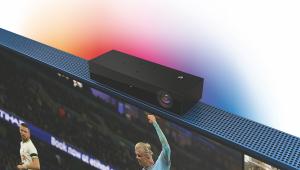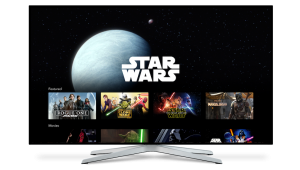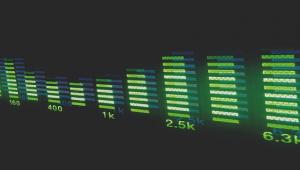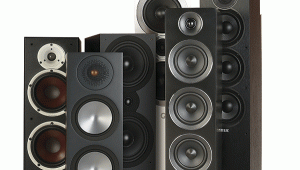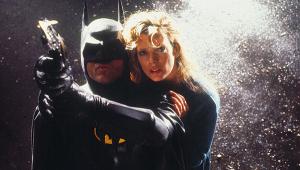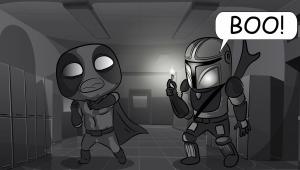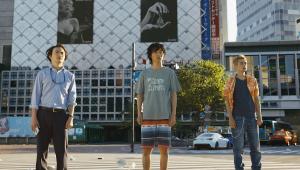Switching aspect ratios can transform the look and feel of a movie – thankfully TV broadcasters have now cottoned on

Too much choice can be a bad thing, it turns out. Particularly when you’re looking for something to spin on the spur of the moment, but aren’t sure what you’re in the mood for. Sometimes an obscure animal-themed giallo or all-singing, all-dancing Fred Astaire picture just won’t scratch the itch.
I mention this so you'll understand why, one recent Saturday evening, I gave up perusing my Blu-rays and instead settled down to watch Transformers: The Last Knight (pictured) on Channel 4 HD.
I'd never seen the film before but, having already sat through Transformers, Transformers: Revenge of the Fallen, Transformers: Dark of the Moon and Transformers: Age of Extinction, I was fully aware of what I'd be letting myself in for. And I got exactly that: a bottom-numbing endurance test of incomprehensible plotting, incoherent action scenes, inexplicable MacGuffins, idiotic characters and intrusive product placement. Plus explosions. So. Many. Explosions.
But I did get something I wasn’t expecting. Not only did Channel 4 HD show the film in widescreen, it included the shifting aspect ratio presentation that flits back-and-forth from 2.40:1 to 1.90:1 and everything in between.
While the average viewer is surely used to still seeing black bars at the top and bottom of their TV (especially as many premium dramas made for British telly these days are framed at a smartphone-friendly 2.00:1), I can’t begin to imagine what some will have made of watching a film where those bars changed size for no discernible reason, entirely at random, every 10 seconds or so. I wouldn’t be surprised if some thought that either their TV or Channel 4’s broadcast signal was on the fritz.
It’s certainly a huge turnaround from how things were just a couple of decades ago. At the start of the 2000s it wasn’t at all uncommon for widescreen films to still be shown in ‘pan and scan’ or ‘open matte’ presentations for UK terrestrial broadcasts.
At that time widescreen was mainly the preserve of cult or art-house fare on BBC 2 and Channel 4, with the odd widescreen showing of 2001: A Space Odyssey thrown in for good measure.
And it wasn’t just TV either. The first few years of DVD saw some studios releasing both widescreen and ‘fullscreen’ versions of the same movie (Pixar even went to the effort of completely reformatting A Bug’s Life for an optional 4:3 presentation alongside the original widescreen version in the Collector’s Edition DVD). And there were some films that didn’t even receive a widescreen release until much later — the 1993 Walter Matthau/Jack Lemmon comedy Grumpy Old Men was only ever available in 4:3 on DVD in the US, despite being available in widescreen in other territories.
These days broadcasters and studios are a little more accommodating, and I salute Channel 4’s commitment to showing Transformers: The Last Knight in its definitive widescreen presentation. Even if the shifting ratios added another unnecessary layer of visual annoyance to an already overloaded piece of cinematic spectacle. This column first appeared in HCC#303 in September 2019
 |
Home Cinema Choice #351 is on sale now, featuring: Samsung S95D flagship OLED TV; Ascendo loudspeakers; Pioneer VSA-LX805 AV receiver; UST projector roundup; 2024’s summer movies; Conan 4K; and more
|





